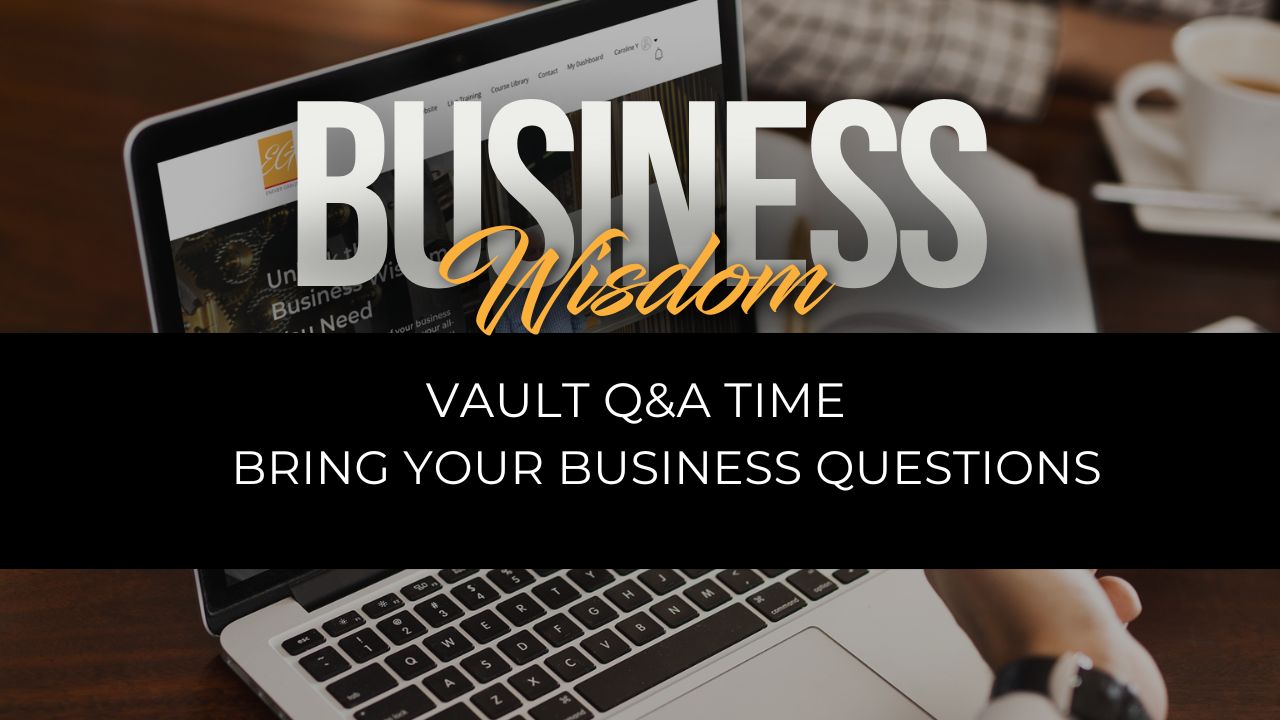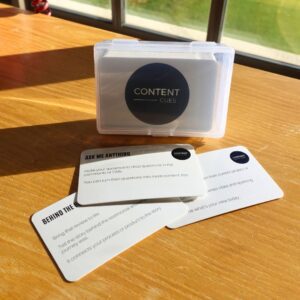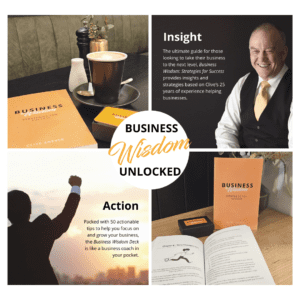The ability to communicate your ideas clearly and compellingly is an invaluable skill. Whether you’re presenting in a boardroom, lecturing in a classroom, speaking to a large audience, or even preparing course content, your message’s impact relies on your presentation skills.
To help you convey your ideas like a seasoned professional, we’ve covered seven essential presentation tips in this podcast that will improve your chances of making a lasting impression on your audience.
1. Know Your Audience
The foundation of any successful presentation is a deep understanding of your audience. Start by creating customer personas or profiling your students to grasp their interests, expectations, and knowledge levels. Tailor your message accordingly to ensure it resonates with your audience.
If you’re unsure about your audience, consider conducting surveys or feedback sessions to gather insights and address their needs effectively.
2. Structure Is Key
Effective presentations follow a clear and concise structure. Begin with a compelling hook, such as a startling question or a fascinating fact, to engage your audience from the start.
Organise the body of your presentation into three main points or sections, as people tend to remember information presented in sets of three.
Conclude by summarising your key points and offering a compelling call to action or a memorable final thought.
3. Utilise Visual Aids Wisely
Visual aids, such as slides, charts, infographics, and images, can enhance your presentation’s impact. However, use them judiciously and ensure they are simple, relevant, and free of clutter.
Visual aids should complement your message, not overshadow it. Consider tools like Canva or PowerPoint for interactive elements but don’t let them dominate your presentation. Engage your audience by incorporating drawings or interactive elements that connect with your message.
4. Make Eye Contact
Establishing eye contact with your audience is crucial for building credibility and connection. It allows you to gauge your audience’s understanding and adjust your delivery based on their reactions.
Encourage engagement through questions and interactive sessions, which not only keep your audience involved but also provide valuable insights for improving your presentation.
5. Rehearse Thoroughly
Practice makes perfect. Familiarise yourself with your material, test your technology, and present with confidence. Practice your presentation aloud, paying particular attention to any challenging sections.
If possible, rehearse in front of a trusted colleague or a small audience to gather feedback. Familiarity and practice breed confidence and improve your overall performance.
6. Manage Nerves Effectively
It’s natural to feel nervous before a presentation. Instead of letting anxiety overwhelm you, channel that energy into enthusiasm. Listen to motivating music, practice deep breathing, or engage in calming activities to ease your nerves.
Remember, the focus should be on your message and how it benefits your audience, not on your own anxiety.
7. Handle Questions with Confidence
A successful presentation often leads to questions. Be prepared for them by anticipating potential questions and having confident responses ready. Listen attentively, and if you don’t know the answer, commit to following up with a concise and compelling response. Guide your audience towards further resources or information as needed.
Conclusion
In conclusion, mastering the art of effective presentation is an essential skill that can open doors to countless opportunities. By knowing your audience, structuring your content, using visual aids effectively, making eye contact, rehearsing thoroughly, managing nervousness, and handling questions confidently, you can elevate your presentation game and leave a lasting impact on your audience.
Remember that presentation skills are continuously evolving, and seeking feedback after each presentation is key to improvement. Whether you’re speaking to a large audience or connecting with a small group, each presentation is a valuable chance to refine your skills and make a meaningful impact on your audience.
Highlights
- [00:00:34] Introduction to the seven tips for presenting ideas effectively.
- [00:00:47] Tip 1: Know your audience, including understanding their interests, expectations, and knowledge level.
- [00:01:08] Tip 2: Emphasise the importance of structuring your presentation with a hook, three main points, and a compelling conclusion.
- [00:02:43] Tip 3: Use visual aids such as slides, charts, and photos to illustrate key points effectively.
- [00:03:37] Tip 4: Make eye contact with your audience, establish credibility, and engage with them through interactive sessions.
- [00:04:27] Tip 5: Rehearse your presentation, familiarise yourself with the material, and practice in front of trusted colleagues or small audiences.
- [00:05:04] Tip 6: Manage nervousness by transforming it into enthusiasm through various techniques like music, deep breathing, and focusing on the message.
- [00:05:54] Tip 7: Handle questions effectively, be prepared for questions, listen attentively, admit when you don’t know the answer, and commit to follow-up.
Resources
Sponsored Content: This post is sponsored content and the placement has been paid for or contains affiliate links. For complete information, see our terms of use.









